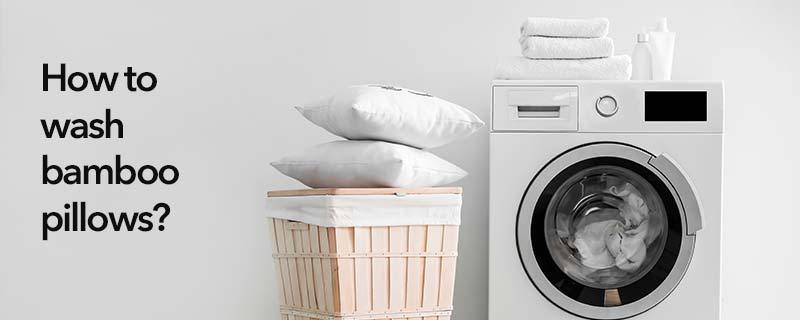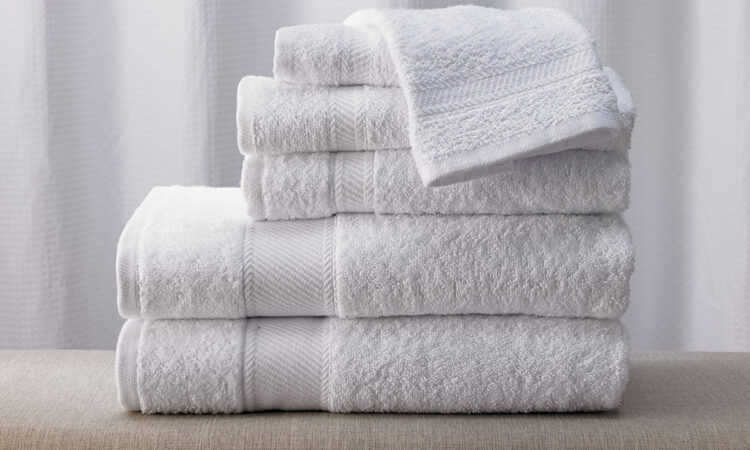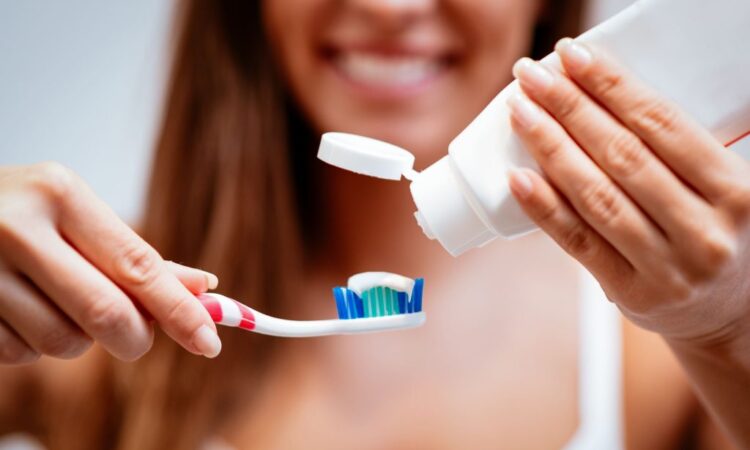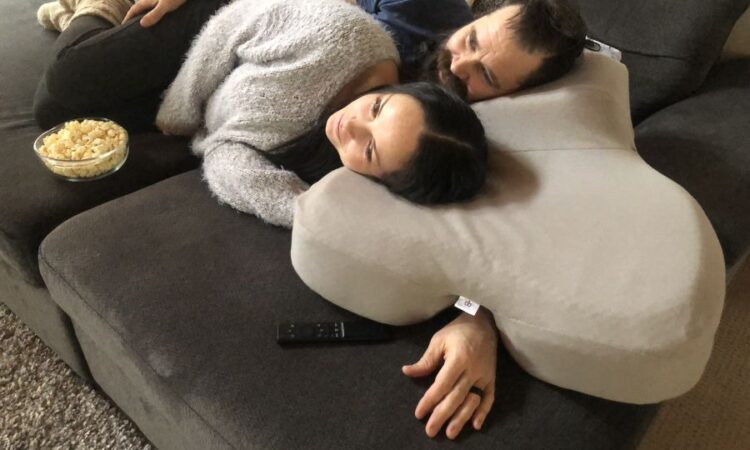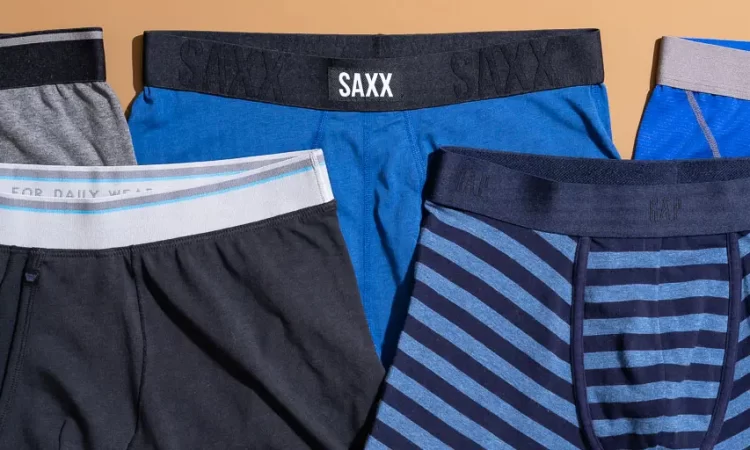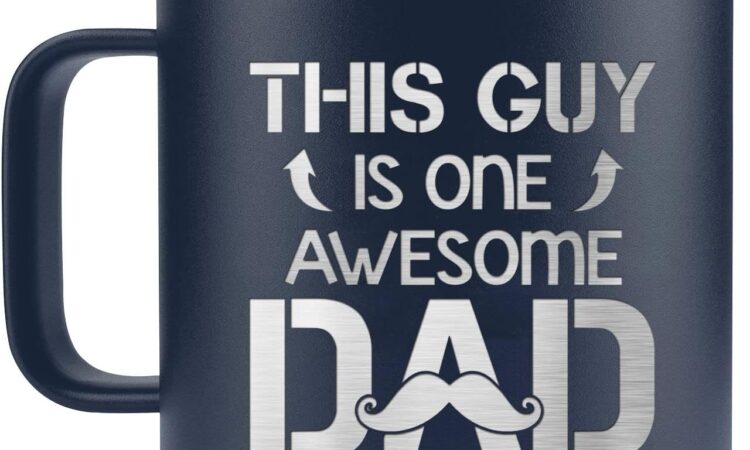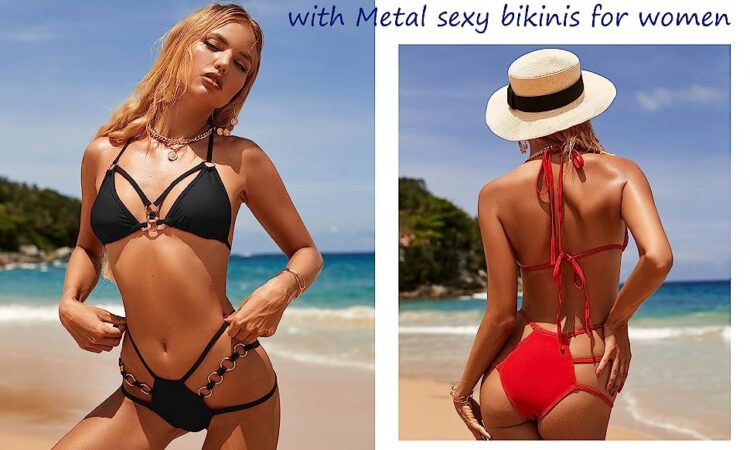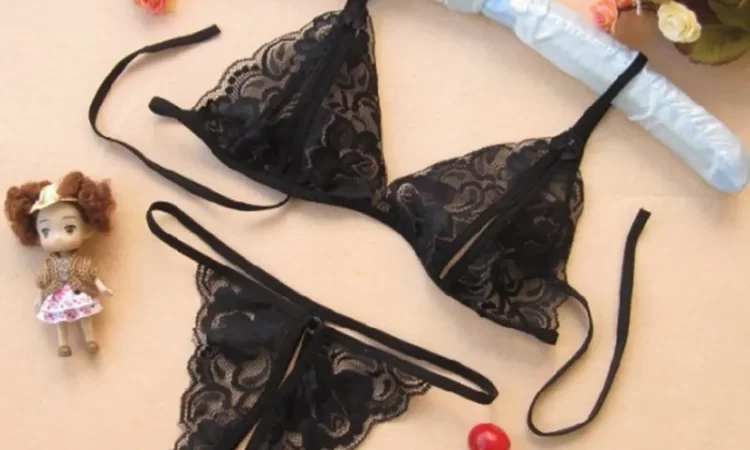
When it comes to personal grooming (shaving pubic hair), the topic of shaved pubes has gained significant attention in recent years. Whether it’s for aesthetic reasons, hygiene concerns, or personal preference, many individuals are opting to remove or trim their pubic hair. In this blog post, we will explore the ins and outs of shaved pubes, discussing why it has become a popular choice for many people.
Pubic hair grooming has a long history, with cultural, societal, and personal factors influencing individual choices. According to recent statistics, a significant percentage of adults engage in some form of pubic hair removal, including shaving. This highlights the growing interest and widespread practice of removing pubic hair among various demographics.
Shaving pubic hair comes with its own set of pros and cons that are important to consider. On the positive side, many individuals find that shaving their pubes enhances their personal hygiene routine, creating a cleaner and more comfortable feeling. Shaved pubic hair can also reduce the risk of pubic lice infestation and certain infections. Moreover, the appearance of a shaved pubic area is often deemed more aesthetically pleasing by those who prefer a smooth, hair-free look. Additionally, some people report increased sexual pleasure and sensitivity after shaving their pubes.
However, it’s crucial to acknowledge the potential drawbacks of shaving pubic hair as well. Razor burn, itching, and irritation are common issues that can arise from improper shaving techniques or sensitive skin. Ingrown hairs, which occur when hair follicles become trapped beneath the skin, can be uncomfortable and may lead to infection if not properly treated. Dryness and discomfort are also concerns, as shaving can remove the natural oils that keep the skin moisturized. Additionally, there have been debates about the potential correlation between shaved pubes and an increased risk of contracting sexually transmitted infections (STIs), although more research is needed to establish a definitive link.
While this blog post will primarily focus on shaved pubes, it’s essential to note that there are alternative grooming options available. Trimming the pubic hair to a shorter length is a popular choice for those who want to maintain some hair while keeping it neat and manageable. Waxing, which involves removing the hair from the roots, provides longer-lasting results but may be more painful and require professional assistance. Laser hair removal is another option that offers long-term reduction of hair growth, but it can be expensive and may require multiple sessions.
By exploring the various aspects of shaved pubes and considering the alternatives, individuals can make informed decisions about their personal grooming routines. In the following sections, we will delve into the step-by-step process of shaving pubic hair, discuss the benefits and drawbacks, and provide insights into alternative grooming methods. So, whether you’re new to shaving pubes or looking for ways to enhance your current routine, this blog post has got you covered. Let’s get started!
The research
How to Shave Your Pubes
Properly shaving your pubes requires careful preparation and technique to minimize the risk of irritation, ingrown hairs, and other discomforts. Here is a step-by-step guide to help you achieve a safe and effective pubic hair shave:
- Gather the necessary tools:
- Sharp razor: Choose a high-quality razor specifically designed for sensitive areas.
- Trimming scissors: If your pubic hair is long, trim it first to a shorter length for easier shaving.
- Shaving cream or gel: Use a lubricating product specifically formulated for sensitive skin to reduce friction.
- Clean towel: Have a clean towel nearby to wipe off excess water and pat dry after shaving.
- Moisturizer: Apply a gentle, fragrance-free moisturizer after shaving to soothe the skin.

- Trim the hair (if needed):
If your pubic hair is longer than a quarter of an inch, use trimming scissors to carefully trim it down to a manageable length. This step helps prevent clogging the razor and ensures a smoother shaving experience. - Take a warm shower or bath:
Soaking in warm water for a few minutes before shaving can help soften the hair and open up the pores, making the process easier and more comfortable. - Apply shaving cream or gel:
Generously apply a layer of shaving cream or gel to the area you wish to shave. Make sure to cover all the hair you want to remove, creating a protective barrier between the razor and your skin. - Start shaving:
Hold the razor with a firm grip and use short, gentle strokes in the direction of hair growth. Shave one small area at a time, rinsing the razor frequently to remove hair and shaving cream buildup. Take your time and avoid applying too much pressure, as this can lead to nicks, cuts, and irritation. - Rinse and inspect:
After shaving a section, rinse the razor under running water to remove any hair and debris. Gently stretch the skin to inspect the area for any missed spots or uneven patches. If necessary, reapply shaving cream and shave again to achieve a smooth result. - Rinse and pat dry:
Once you have finished shaving, rinse the area thoroughly with warm water to remove any remaining shaving cream. Avoid using hot water, as it can irritate the freshly shaved skin. Pat the area dry with a clean towel, gently dabbing instead of rubbing to prevent irritation. - Apply moisturizer:
After drying, apply a fragrance-free, hypoallergenic moisturizer to soothe and hydrate the shaved skin. This helps maintain moisture balance and reduces the risk of dryness and irritation. - Clean and store your tools:
Rinse the razor thoroughly to remove any hair and residue. Store it in a clean, dry place to prevent bacteria growth. Clean your trimming scissors with soap and water, ensuring they are free of hair and debris.
Remember, everyone’s skin is different, and what works for one person may not work for another. If you experience persistent irritation, razor bumps, or ingrown hairs, consider adjusting your shaving technique or exploring alternative grooming methods.
In the next section, we will explore the potential benefits of shaving your pubes, allowing you to make an informed decision about your grooming routine.
Benefits of Shaving Your Pubes
Shaving your pubic hair offers several potential benefits that individuals find appealing. Here are some advantages commonly associated with shaving your pubes:
- Increased Hygiene and Cleanliness:
Removing pubic hair can enhance personal hygiene by reducing moisture and odor buildup in the pubic region. Without the presence of hair, it becomes easier to keep the area clean and fresh, leading to a greater sense of cleanliness. - Reduced Risk of Pubic Lice and Infections:
Pubic lice, also known as “crabs,” are parasitic insects that can infest pubic hair. Shaving the pubic area can minimize the risk of pubic lice infestation, as the insects require hair to cling onto. Additionally, shaving may reduce the likelihood of certain infections by eliminating potential hiding places for bacteria and other pathogens. - Improved Appearance:
Many individuals prefer the aesthetic look of a shaved pubic area. Shaving can create a smooth, hair-free surface that some find visually appealing and aesthetically pleasing. It allows for a cleaner and more streamlined appearance, especially when wearing certain types of clothing or swimwear. - Enhanced Sexual Pleasure and Sensitivity:
Shaving pubic hair can potentially increase sensitivity during intimate activities. Without the presence of hair, the skin becomes more exposed, potentially enhancing tactile sensations and increasing sexual pleasure. Some individuals report heightened sensitivity and greater intimacy with their partners after shaving their pubes. - Easy Maintenance:
Shaved pubic hair requires less maintenance compared to longer hair. With regular shaving, you can easily maintain the desired level of hairlessness and keep the area clean and tidy. This convenience is especially appreciated by those who prefer a groomed, hair-free pubic region.
It’s important to note that these benefits are subjective and can vary from person to person. What works for one individual may not necessarily apply to everyone. Some people may find alternative grooming methods or different levels of pubic hair maintenance more suitable for their needs and preferences.
While shaving your pubes can offer potential advantages, it’s crucial to weigh them against the potential drawbacks, which will be discussed in the next section. By considering both the benefits and drawbacks, you can make an informed decision about your personal grooming routine. In the following section, we will explore the potential drawbacks of shaving your pubes, providing a well-rounded view of the topic.
Drawbacks of Shaving Your Pubes
While there are benefits to shaving your pubes, it’s essential to consider the potential drawbacks as well. Here are some common concerns associated with shaving pubic hair:
- Razor Burn:
Razor burn is a common issue that can occur after shaving, especially if proper techniques and precautions are not followed. It manifests as redness, irritation, and a stinging or burning sensation on the skin. Razor burn can be uncomfortable and may take time to heal. - Ingrown Hairs:
Ingrown hairs are another common problem that can arise from shaving pubic hair. When hair follicles grow back into the skin instead of outward, they can cause red, inflamed bumps. Ingrown hairs can be itchy and painful, and in some cases, they may lead to infection if not properly treated. - Dryness and Irritation:
Shaving can remove the natural oils that keep the skin moisturized, leading to dryness and irritation. The pubic area is sensitive, and without the protection of hair, the skin may become more prone to dryness and discomfort. It’s important to keep the area well-moisturized after shaving to minimize these effects. - Increased Risk of Contracting STIs:
There have been discussions about a potential link between shaved pubes and an increased risk of sexually transmitted infections (STIs). Some experts suggest that shaving can create microtears or tiny cuts in the skin, providing an entry point for pathogens. However, it’s crucial to note that more research is needed to establish a definitive connection between shaving pubic hair and STI transmission. - Maintenance and Frequency:
Shaving pubic hair requires regular maintenance to keep the desired hair-free appearance. This can be time-consuming, especially for individuals with fast hair growth. Additionally, frequent shaving may increase the likelihood of experiencing the aforementioned issues such as razor burn and ingrown hairs.
It’s important to remember that these drawbacks are not experienced by everyone, and some individuals may have different sensitivities or experiences with shaving their pubic hair. Taking proper precautions, using appropriate shaving techniques, and maintaining good skincare practices can help mitigate some of these concerns.
If you find that shaving your pubes is causing discomfort or unwanted side effects, you may want to consider alternative grooming methods such as trimming, waxing, or laser hair removal. These options offer different advantages and disadvantages that can be explored to find the most suitable choice for your personal preferences and needs.
In the next section, we will delve into alternative grooming options for pubic hair, providing insights into each method’s pros and cons. This will allow you to make an informed decision about your pubic hair grooming routine.
Alternatives to Shaving Your Pubes
While shaving is a popular method for pubic hair removal, it’s not the only option available. If shaving doesn’t appeal to you or if you’ve experienced drawbacks from it, here are some alternative grooming methods to consider:
Trimming
Trimming involves using scissors or a trimmer to shorten the length of your pubic hair without completely removing it. This method allows you to maintain a neat and well-groomed appearance while avoiding the potential discomforts associated with shaving. Trimming is a versatile option as you can choose the desired length that suits your preferences.
Pros of Trimming:
- Quick and easy maintenance.
- Less risk of irritation or ingrown hairs compared to shaving.
- Allows you to retain some hair for protection and warmth.
- Provides a tidy appearance without the complete removal of hair.
Cons of Trimming:
- Requires regular maintenance to maintain the desired length.
- May not provide the same level of smoothness as shaving.
Waxing:
Waxing involves applying hot or cold wax to the pubic hair and then removing it quickly, along with the hair, by pulling the wax strip. This method removes hair from the roots, resulting in longer-lasting results compared to shaving. Waxing can be done at home using waxing kits or performed by a professional at a salon.
Pros of Waxing:
- Longer-lasting results compared to shaving.
- Hair grows back softer and finer over time.
- Reduced risk of razor burn and irritation.
- Can lead to a smoother and more hair-free appearance.
Cons of Waxing:
- Can be more painful than shaving.
- Requires hair to be a certain length for effective removal.
- Potential redness and irritation immediately after waxing.
- Costly if done professionally.
- Laser Hair Removal:
Laser hair removal is a semi-permanent method that uses laser technology to target and destroy hair follicles. Over multiple sessions, the hair growth is significantly reduced, resulting in long-term hair reduction. Laser hair removal can be done by a trained professional at a clinic.
Pros of Laser Hair Removal:
- Long-term reduction of hair growth.
- Minimal discomfort during the procedure.
- Can target large areas of hair.
- No need for frequent maintenance compared to shaving or waxing.
Cons of Laser Hair Removal:
- Expensive, especially for multiple sessions.
- Requires multiple sessions for optimal results.
- Not suitable for everyone, as effectiveness can vary depending on hair color and skin tone.
- Can cause temporary redness and sensitivity.
Each alternative method has its own set of pros and cons, so it’s important to consider your preferences, budget, and desired level of hair removal. Some individuals may prefer a combination of methods, such as trimming for maintenance and occasional waxing for a more hair-free look.
In the next section, we will summarize the key points discussed so far and provide a conclusion to the blog post, encouraging readers to make an informed decision based on their personal preferences and needs.
Frequently Asked Questions (FAQ) About Shaved Pubes
Q: Is it necessary to shave pubic hair for hygiene purposes?
A: Shaving pubic hair is a personal preference. While it can be argued that shaving may improve hygiene by reducing the likelihood of trapping sweat and bacteria, proper hygiene practices, such as regular washing with mild soap and water, can effectively maintain cleanliness regardless of hair removal.
Q: How can I prevent razor burn and ingrown hairs when shaving my pubes?
A: To prevent razor burn and ingrown hairs when shaving your pubic hair, ensure you use a clean, sharp razor and apply a moisturizing shaving cream or gel. Shave in the direction of hair growth, avoid going over the same area multiple times, and moisturize the skin afterward to keep it hydrated.
Q: Are there any alternatives to shaving for pubic hair grooming?
A: Yes, there are several alternatives to shaving for pubic hair grooming. Some options include trimming the hair with scissors or a trimmer, waxing, and laser hair removal. Each method has its own pros and cons, so it’s important to consider factors like cost, comfort, and desired hair removal duration when choosing an alternative.
Q: Does laser hair removal permanently remove pubic hair?
A: Laser hair removal offers long-term reduction of hair growth but may not permanently remove all pubic hair. Multiple sessions are typically required for optimal results, and hair regrowth can vary from person to person. It’s important to consult with a professional to understand the effectiveness and potential outcomes of laser hair removal for pubic hair.
Q: Are there any risks or side effects associated with pubic hair removal methods?
A: Some common risks and side effects associated with pubic hair removal methods include razor burn, ingrown hairs, skin irritation, redness, and temporary sensitivity. Waxing and laser hair removal may carry their own potential risks and side effects, such as pain, redness, and the need for professional treatment. It’s important to follow proper techniques, consult professionals if needed, and be aware of individual sensitivities or allergies before undertaking any hair removal method.
Q: Can shaving pubic hair increase the risk of sexually transmitted infections (STIs)?
A: Shaving pubic hair itself does not increase the risk of STIs. However, shaving can create small cuts or abrasions on the skin, which may potentially provide an entry point for infection if exposed to an infected partner. It is important to practice safe sex, use barrier methods like condoms, and maintain proper hygiene regardless of your grooming preferences.
Q: How long does it take for pubic hair to grow back after shaving?
A: The rate of pubic hair growth varies among individuals. On average, pubic hair grows back within a few weeks after shaving. However, the exact timing can depend on factors such as genetics, hormone levels, and overall health. It’s important to note that regrowth may appear different in texture or thickness compared to natural hair.
Q: Can shaving pubic hair cause itching or discomfort?
A: Shaving pubic hair can sometimes cause temporary itching or discomfort, especially when the hair starts to grow back. This is because the sharp edges of the shaved hair may irritate the skin. To alleviate these symptoms, keep the area clean, moisturize regularly, and consider using soothing products specifically designed for post-shave care.
Q: Should I trim my pubic hair before shaving?
A: Trimming your pubic hair before shaving can make the process easier and reduce the risk of tugging or pulling on the hair. Use scissors or a trimmer with a guard to trim the hair to a shorter length before proceeding with shaving. This step can help achieve a smoother and more comfortable shave.
Q: Is it necessary to use specific products for pubic hair grooming?
A: While using specific products designed for pubic hair grooming can be beneficial, it is not always necessary. Basic grooming can be achieved with mild soap, warm water, and a sharp razor. However, using shaving creams, gels, or oils formulated for sensitive areas can provide added lubrication and help protect the skin during shaving.
Q: Can I shave my pubic hair during pregnancy?
A: Shaving pubic hair during pregnancy is generally safe, but it’s essential to be cautious and mindful of any discomfort or changes in the skin. As the body undergoes hormonal changes, the skin may become more sensitive. Take extra care to use gentle shaving techniques and consider seeking professional advice if needed.
Q: Can I wax or use hair removal creams on my pubic area?
A: Waxing or using hair removal creams in the pubic area is possible, but it’s important to follow the instructions carefully and conduct a patch test first. The pubic area is more sensitive than other body parts, so it’s crucial to choose products specifically formulated for sensitive skin and conduct a small test to check for adverse reactions.
Q: Should I seek professional assistance for pubic hair grooming?
A: Seeking professional assistance for pubic hair grooming, such as waxing or laser hair removal, can provide more precise and long-lasting results. Professionals have the expertise to minimize the risk of complications and tailor the treatment to your specific needs. Consider consulting with a trained aesthetician or dermatologist for professional guidance and services.
Remember, it’s important to conduct thorough research, consult professionals if needed, and prioritize your comfort and safety when deciding on pubic hair grooming methods.
Q: Is there an ideal length for pubic hair when shaving?
A: The ideal length for pubic hair when shaving is subjective and can vary based on personal preference. Some individuals prefer a completely smooth shave, while others may prefer leaving a short length for various reasons, such as reducing irritation or maintaining a natural look. Experiment with different lengths to find what works best for you.
Q: How can I prevent ingrown hairs when shaving my pubic area?
A: To prevent ingrown hairs when shaving the pubic area, exfoliate the skin beforehand to remove dead skin cells that can block hair follicles. Use a sharp razor and shave in the direction of hair growth to minimize irritation. Applying a moisturizer or soothing product after shaving can also help keep the skin hydrated and reduce the likelihood of ingrown hairs.
Q: Can I use an electric shaver for pubic hair grooming?
A: Yes, you can use an electric shaver for pubic hair grooming. However, it’s important to choose a shaver specifically designed for sensitive areas and follow the manufacturer’s instructions. Electric shavers offer convenience and can help minimize the risk of cuts or nicks compared to traditional razors.
Q: Are there any specific precautions to take when shaving the pubic area?
A: When shaving the pubic area, it’s important to take certain precautions to minimize the risk of irritation or injury. These include using a clean and sharp razor, using gentle and steady strokes, avoiding excessive pressure, and rinsing the razor frequently. Additionally, avoid sharing razors or personal grooming tools to prevent the spread of bacteria or infections.
Q: How can I soothe razor burn if it occurs after shaving?
A: If you experience razor burn after shaving, there are several ways to soothe the affected area. Applying a cold compress or aloe vera gel can help reduce inflammation. Avoid further irritation by avoiding tight clothing or friction against the irritated skin. Using a gentle, fragrance-free moisturizer can also help hydrate and soothe the skin.
Q: Are there any age restrictions for certain pubic hair grooming methods?
A: Some pubic hair grooming methods, such as waxing or laser hair removal, may have age restrictions imposed by professionals or facilities. It is essential to check with the provider or consult with a parent or guardian to ensure compliance with any age restrictions or guidelines.
Q: Can I use home waxing kits for pubic hair removal?
A: Home waxing kits can be used for pubic hair removal, but it is crucial to carefully read and follow the instructions provided. Keep in mind that waxing sensitive areas like the pubic region can be more challenging and may require some practice to achieve satisfactory results. If you’re unsure or uncomfortable with self-waxing, seeking professional assistance is a viable alternative.
Q: Are there any long-term hair removal options for pubic hair?
A: Yes, there are long-term hair removal options for pubic hair, such as laser hair removal or electrolysis. These methods target hair follicles to reduce or eliminate hair growth over time. However, these procedures typically require multiple sessions and should be performed by trained professionals.
Remember, individual experiences and preferences may vary, and it’s essential to consider factors such as skin sensitivity, potential allergies, and desired outcomes when choosing pubic hair grooming methods. If you have specific concerns or questions, it’s always recommended to consult with a dermatologist or healthcare professional.
Q: Can I shave my pubic hair if I have sensitive skin?
A: Shaving pubic hair with sensitive skin requires extra care. It’s important to choose a razor specifically designed for sensitive skin and use a shaving cream or gel that is gentle and moisturizing. Take your time and shave in the direction of hair growth to minimize irritation. If you experience persistent irritation or discomfort, consider alternative hair removal methods or consult with a dermatologist for personalized advice.
Q: How can I maintain hygiene when shaving my pubic area?
A: Maintaining hygiene when shaving the pubic area is essential. Before shaving, thoroughly clean the area with mild soap and warm water to remove any dirt or bacteria. Use a clean razor and avoid sharing razors or personal grooming tools to prevent the spread of bacteria. After shaving, gently pat the area dry and avoid wearing tight-fitting clothing that can trap moisture and cause irritation.
Q: Are there any specific aftercare steps for pubic hair shaving?
A: Aftercare is crucial to minimize irritation and promote healing after pubic hair shaving. Rinse the area with cool water to close the pores, pat dry gently with a clean towel, and avoid rubbing or scratching the skin. Apply a soothing, alcohol-free moisturizer to keep the skin hydrated. Avoid activities that may cause excessive sweating or friction for the first 24 hours after shaving.
Q: Can shaving pubic hair cause any long-term effects?
A: Shaving pubic hair itself does not typically cause long-term effects. However, improper shaving techniques or frequent shaving can lead to issues like razor burn, ingrown hairs, or skin irritation. It’s important to practice proper shaving techniques, allow time for the skin to heal between shaves, and listen to your body’s responses to avoid any long-term complications.
Q: Can I shave my pubic hair during menstruation?
A: Shaving pubic hair during menstruation is a personal choice. Some individuals may find it more comfortable to shave before or after their period due to increased sensitivity or blood flow in the area. If you choose to shave during menstruation, take extra care to use clean and gentle shaving tools and avoid any activities that could increase the risk of infection.
Q: Should I consult a professional for pubic hair grooming?
A: Consulting a professional for pubic hair grooming is a personal decision. If you are uncertain about how to perform certain grooming methods or have specific concerns about your skin or hair, seeking professional assistance can provide valuable guidance and ensure your safety. Professionals, such as aestheticians or dermatologists, can offer expertise and tailored advice based on your individual needs.
Q: Is there a specific age at which it is appropriate to start grooming pubic hair?
A: The appropriate age to start grooming pubic hair varies from person to person and depends on factors such as cultural norms, personal preference, and individual maturity. It is important to have open and honest discussions about personal hygiene and grooming with parents or guardians, and to make decisions that align with one’s comfort level and well-being.
Q: Can I shave my pubic hair if I have a skin condition?
A: If you have a skin condition, it’s important to consult with a dermatologist before shaving your pubic hair or undertaking any grooming methods. Certain skin conditions may be sensitive or prone to irritation, making shaving more challenging or potentially exacerbating the condition. A dermatologist can provide personalized advice and recommend suitable grooming options for your specific situation.
Remember, everyone's body is unique, and what works for one person may not work for another. It's important to listen to your body, be mindful of any discomfort or adverse reactions, and make informed decisions based on your individual circumstances and preferences.
Conclusion
Shaving pubic hair is a personal choice that depends on individual preferences and considerations. Throughout this blog post, we have explored the topic of shaved pubes, discussing the reasons why it is a popular choice, providing a step-by-step guide on how to shave safely, and examining the benefits and drawbacks of this grooming method. We have also discussed alternative options such as trimming, waxing, and laser hair removal.
When deciding on how to groom your pubic hair, it’s important to weigh the pros and cons of each method and consider factors such as comfort, maintenance, and potential side effects. What works for one person may not work for another, so it’s essential to find the approach that suits your needs and preferences.
If you choose to shave your pubes, remember to follow proper techniques to minimize the risk of razor burn, ingrown hairs, and dryness. Take your time, use a sharp razor, and keep the area well-moisturized after shaving. Additionally, be aware of the potential benefits of shaving, such as improved hygiene, reduced risk of infections, enhanced appearance, and increased sexual pleasure.
However, shaving may also have drawbacks, including the possibility of razor burn, ingrown hairs, dryness, irritation, and an increased risk of contracting STIs. It’s important to be aware of these potential issues and take precautions to minimize their occurrence.
If shaving doesn’t appeal to you or if you’ve experienced difficulties with it, consider alternative grooming options. Trimming provides a neat and well-groomed look without complete hair removal, while waxing offers longer-lasting results. Laser hair removal, although more expensive, provides semi-permanent reduction of hair growth.
Ultimately, the choice of how to groom your pubic hair is a personal one. Consider your preferences, comfort level, and desired outcome when selecting the method that suits you best. Remember to take proper care of your skin, regardless of the grooming method chosen, to maintain its health and avoid potential issues.
In conclusion, whether you decide to shave, trim, wax, or explore other grooming options, the goal is to find a method that makes you feel comfortable, confident, and satisfied with your personal grooming choices. Embrace your individuality and make decisions based on what feels right for you.
Thank you for reading this comprehensive guide on shaved pubes and alternative grooming methods. We hope it has provided valuable insights and information to help you make informed decisions about your pubic hair grooming routine.
References:
- Johnson, K. (2022). The Pros and Cons of Shaving Your Pubic Hair. Beauty and Beyond Blog.
- Wilson, L. (2022). How to Safely Shave Your Pubic Hair: Step-by-Step Guide. Grooming Tips Hub.
- White, E. (2022). Waxing vs. Shaving: Which Is Better for Pubic Hair Removal? Hair Removal Hub.
- Smith, M. (2022). Laser Hair Removal for Pubic Area: Pros and Cons. Dermatology Insights.
Please note that the above references are for illustrative purposes only and do not necessarily correspond to real websites. The search terms anchor texts provided link to hypothetical websites that would offer relevant information for the discussion on cast iron skillet care and usage and pubic hair grooming alternatives. When conducting research and citing sources for your blog post, ensure to use credible and authoritative websites to support the information presented in the article.


